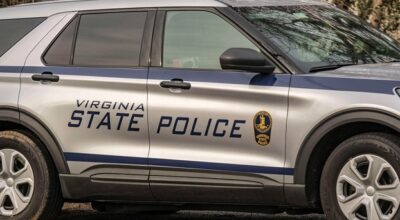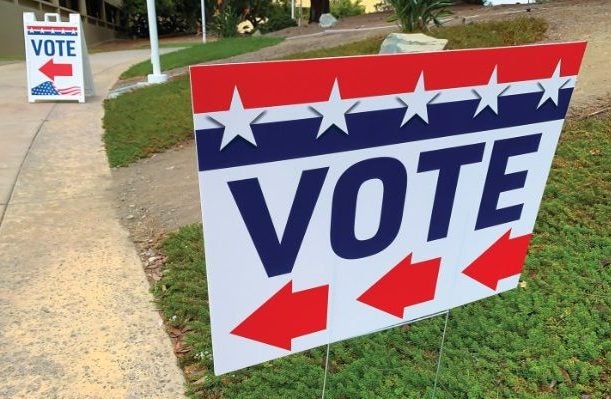Insights on EMS funding
Published 8:12 am Friday, July 26, 2019
Prince Edward County Administrator Wade Bartlett recently provided further insights into how money from proposed tax increases would be allocated and what the average impact of the increases would look like to county residents.
As was previously reported, during its regular July meeting, the Prince Edward County Board of Supervisors voted 7-1 to approve a motion authorizing the advertisement of two public hearings set for Aug. 13: One will concern establishing an Emergency Medical Service (EMS) District, which would encompass all of Prince Edward County; the other public hearing will concern establishing a tax levy for this EMS District of 1 cent for real estate and 10 cents for personal property tax, excluding merchants’ capital.
As The Herald also reported, the revenue from the proposed tax levies would go solely to provide for emergency medical services.
In a recent interview, Bartlett explained what fits under the umbrella of “emergency medical services” and how the tax money would be appropriated over time.
“EMS covers all of the emergency medical service agencies operating in Prince Edward County,” he said. “This would include (Prince Edward Volunteer Rescue Squad) PEVRS, Meherrin EMS, Hampden-Sydney Volunteer Fire Department First Responder, Pamplin EMS and the Farmville Volunteer Fire Department First Responder. Ultimately, the Board of Supervisors will determine annually how the EMS levy revenue is allocated.”
The Town of Farmville, Longwood University and Hampden-Sydney College have given a one-year commitment to contribute $30,000 apiece to fund a PEVRS executive director position, which had been identified by the rescue squad as one of its primary needs.
Carol Broadwater, who has a full-time job outside of her work as PEVRS treasurer, confirmed that her duties as treasurer have expanded well beyond the original scope of the position, and the installation of an executive director would help correct that.
The amount of $100,000 had been cited as the salary for an executive director. Asked why that amount would be necessary, PEVRS Vice President Richard Broadwater said it was a tally mentioned by a town official.
“We didn’t come up with that,” Richard Broadwater said. “He just thought that’s what it would take to get somebody in here to run the whole thing.”
With $90,000 funded, the rescue squad is considering the originally cited amount as an estimate and does not expect the need for an additional $10,000 contribution.
“We’re not thinking it’s going to take $100,000,” Broadwater said. “We were thinking probably $90,000.”
Presently, this executive director position is funded for only one year, but Bartlett confirmed that the proposed tax increases could potentially help fund the position in the future, if it became necessary.
“The Code of Virginia states that the revenue from the EMS levy can be used for the maintenance and operation of emergency medical services,” Bartlett said. “Therefore, funding for an executive director position is an authorized use. … If sustained support is not provided by other entities, the executive director position could be funded through the EMS levy; however, ultimately the board would make the decision on the allocation of funding in the EMS fund.”
To help give an idea of the financial impact that EMS-related tax levies could have on county residents, Bartlett provided examples.
“Based on information from the 2018 Personal Property Records, with a 10-cent real property tax, the average tax levy on a car will be $5.50, and for a pickup, $6.32,” he said. “These are averages, so they will fluctuate based on the car assessment; however, even a car assessed at $20,000 would result in a tax bill of $20. With a 1-cent real estate tax, every $100,000 in real estate assessment generates a tax levy of $10. The Board of Supervisors will control the allocation of money out of the EMS fund.”







